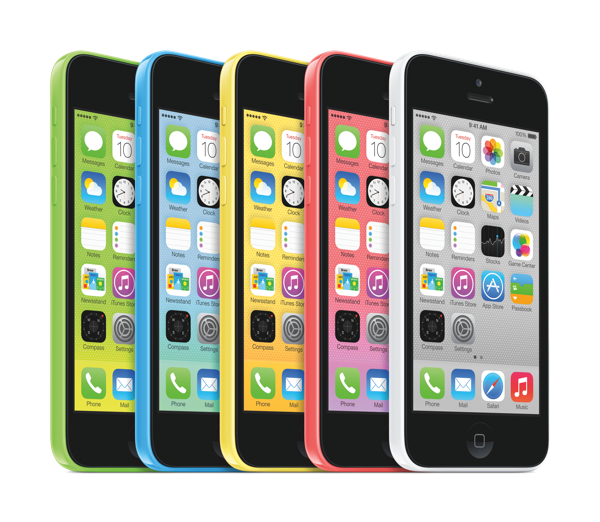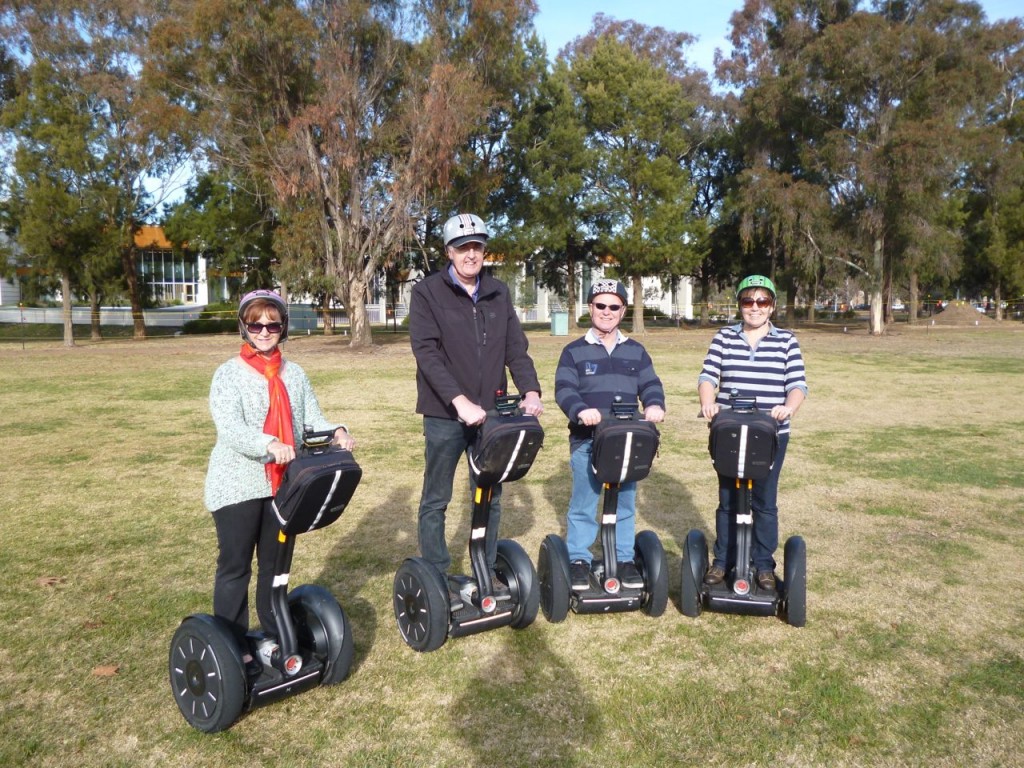
How long do you keep a Smartphone?
How long do you keep a Smartphone? My first Smartphone was an iPhone 3. My wife ...
KEEP READING
How long do you keep a Smartphone? My first Smartphone was an iPhone 3. My wife ...
KEEP READING
Hey, we’re heading out later this year to Europe and I found out you could ...
KEEP READINGMarch 13 2013 saw the announcement that Google Reader will be shutting down, however I ...
KEEP READING
“Never ask what sort of computer a guy drives. If he’s a Mac user, he’ll ...
KEEP READINGI’m not a mobile app developer. The only programming I did was a semester of ...
KEEP READING